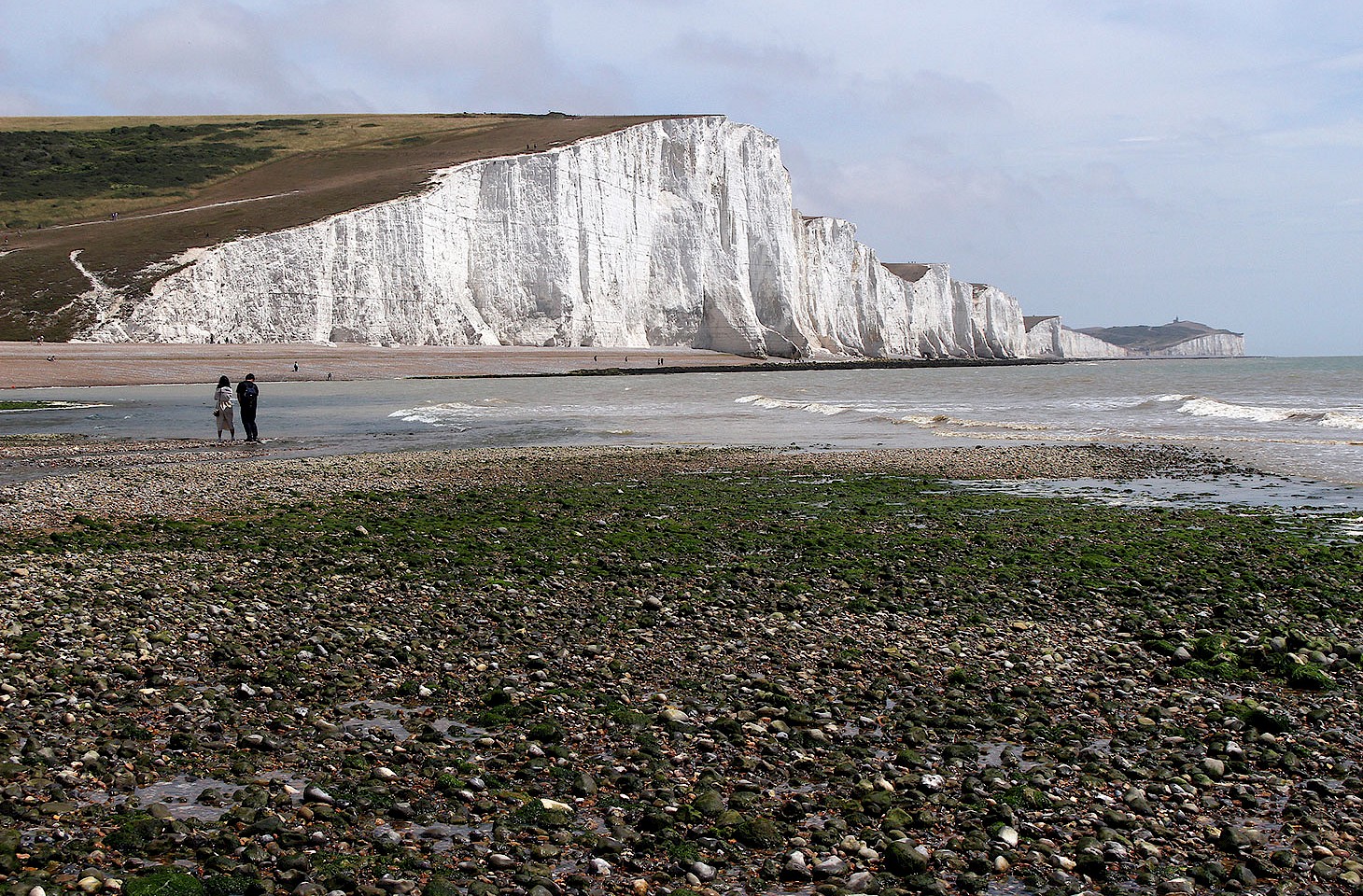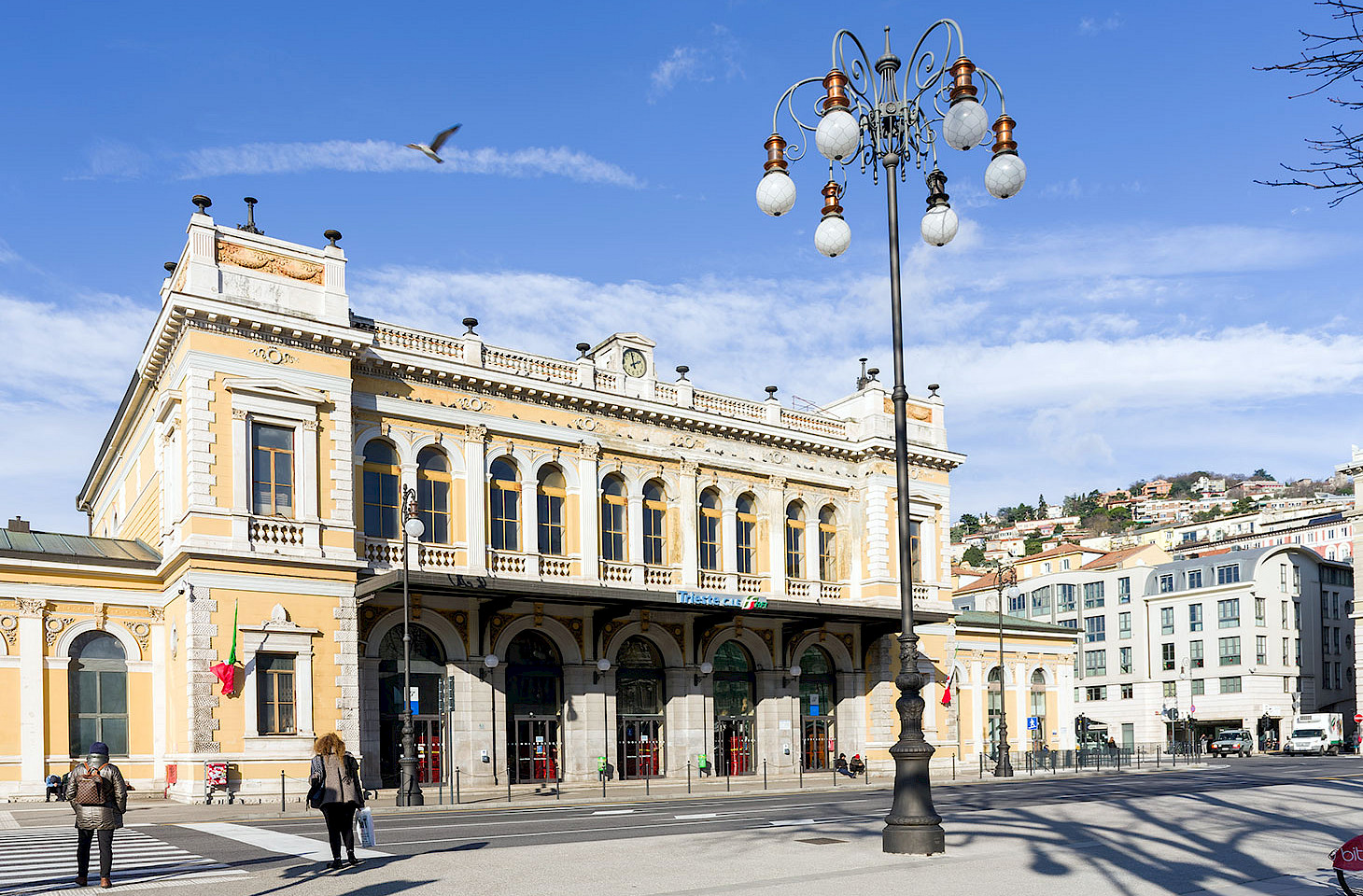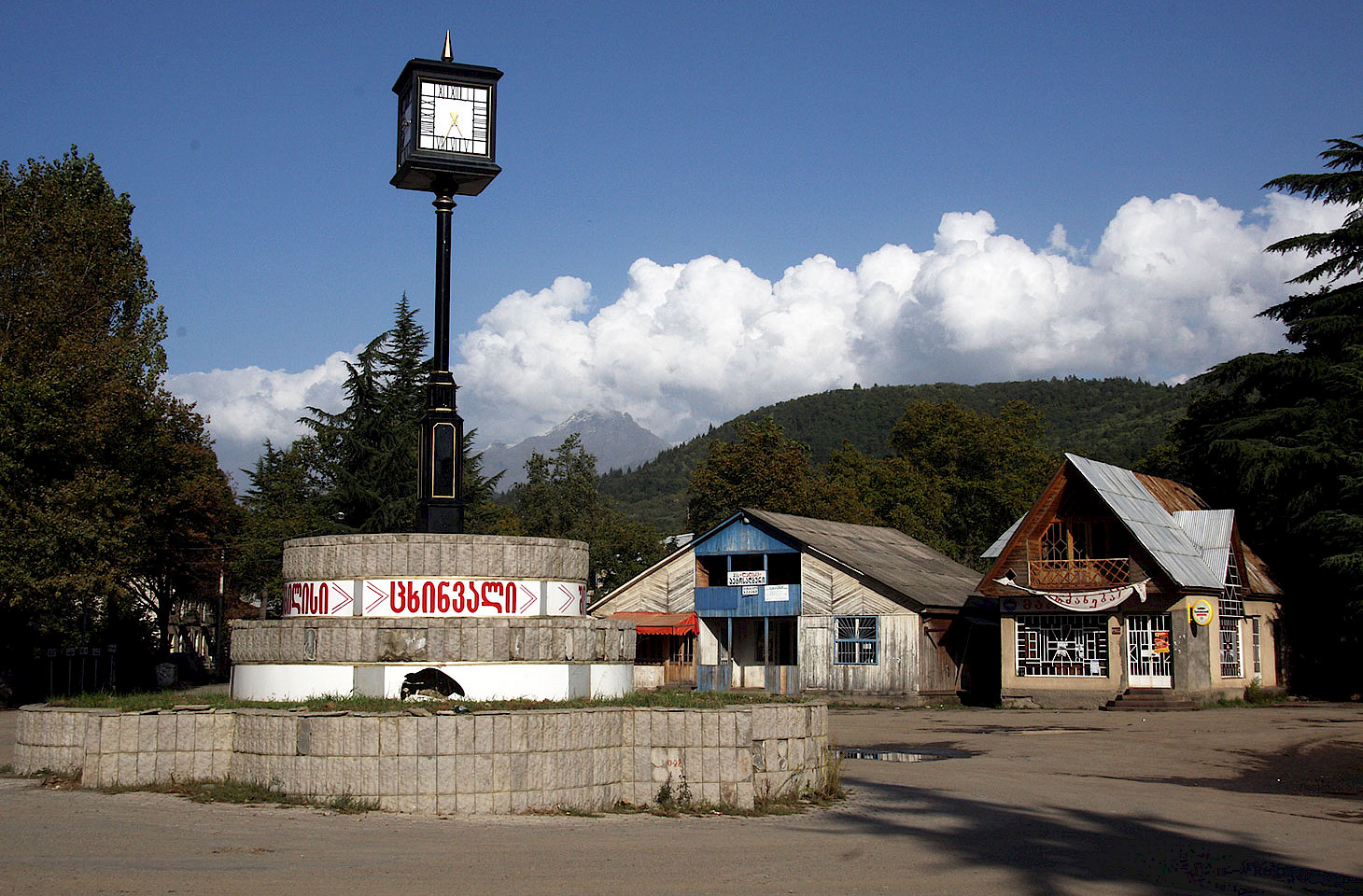In hidden europe 10, we carried an account of an improbably remote railway station — a place called Corrour in the Scottish Highlands. That prompted a flurry of comments from readers anxious to remind us of other train stations in utterly out of the way spots around Britain. We received happy reminders of Dent, under the shadow of Whernside in Yorkshire. And long abandoned halts on the Berkshire Downs at Churn and Blewbury were cited as onetime favourites in the contest for England’s most isolated station. Dovey Junction (Cyffordd Dyfi) in rural mid-Wales received many an accolade, recalling a missed connection there some years ago. There can surely be no finer spot from which to view a winter sunset over the Dyfi estuary. And no chillier spot to wait two hours for the train that winds up the coast to Harlech and beyond. Dovey Junction, then as now, had no connection by road to any human settlement. It is a truly isolated spot.
But no-one mentioned Berney Arms, which must surely be the only railway station in England that is totally inaccessible by motor vehicle. That prompted us, in early September, to make a special journey to this Norfolk outpost.
Violet Mace must have been a tough woman. Every night during the early nineteen fifties, she would brave all manner of terrible weather to go and light the gas lamp that hung at the railway station at Berney Arms. Even in winter. Even when a gale was blowing or the path was deep in winter snow, Violet would struggle over Halvergate marshes to light the station lamp.




